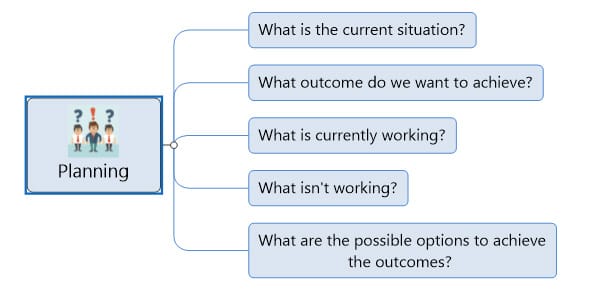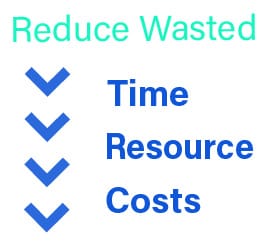A project will often be kicked off to improve something or to solve a challenge that the business is facing. Therefore, there is more than likely a driving need to take action and do something. There could be many approaches that might work but they might not all be right for the business.
The importance of project planning is underestimated and often misunderstood. Some people believe project planning means taking a list of tasks and working out the following:
- Duration of the tasks
- Any tasks that are dependent on another task being completed before they can begin
- Who will be responsible for working on each task
- Scheduling all of the activity
Those elements do form part of project planning, however, the first thing that should be done is to understand the extent of the challenge or problem and work out the many possible ways there could be to solve it.
People will approach this in a number of different ways – my preferred option is a mind map. Some people may argue that there isn’t a place for mind mapping in business or in project planning. My answer would be – don’t knock it until you’ve tried it. There is more to mind mapping than pretty pictures. Mind mapping for business is about breaking information down to decide on the best and most appropriate action needed.
Mind mapping is a very effective way to determine what should be done – start by exploring some questions:

As you answer these questions, either individually or as a team in a brainstorming session, you develop a visual representation of all the possible scenarios. Using this approach allows you to analyse the information you have built up to prioritise and select the most appropriate course of action.
The result is the team are focused on the right tasks and waste is reduced or eliminated. That is – reducing wasted costs, reducing wasted time and reducing wasted resource.

Try it for yourself on your next project or in any area of your business where you have been challenged with improving something. We have built a Project Management Guide and Templates to help you get started.
Also, check out this new project management blog for fresh tips.


